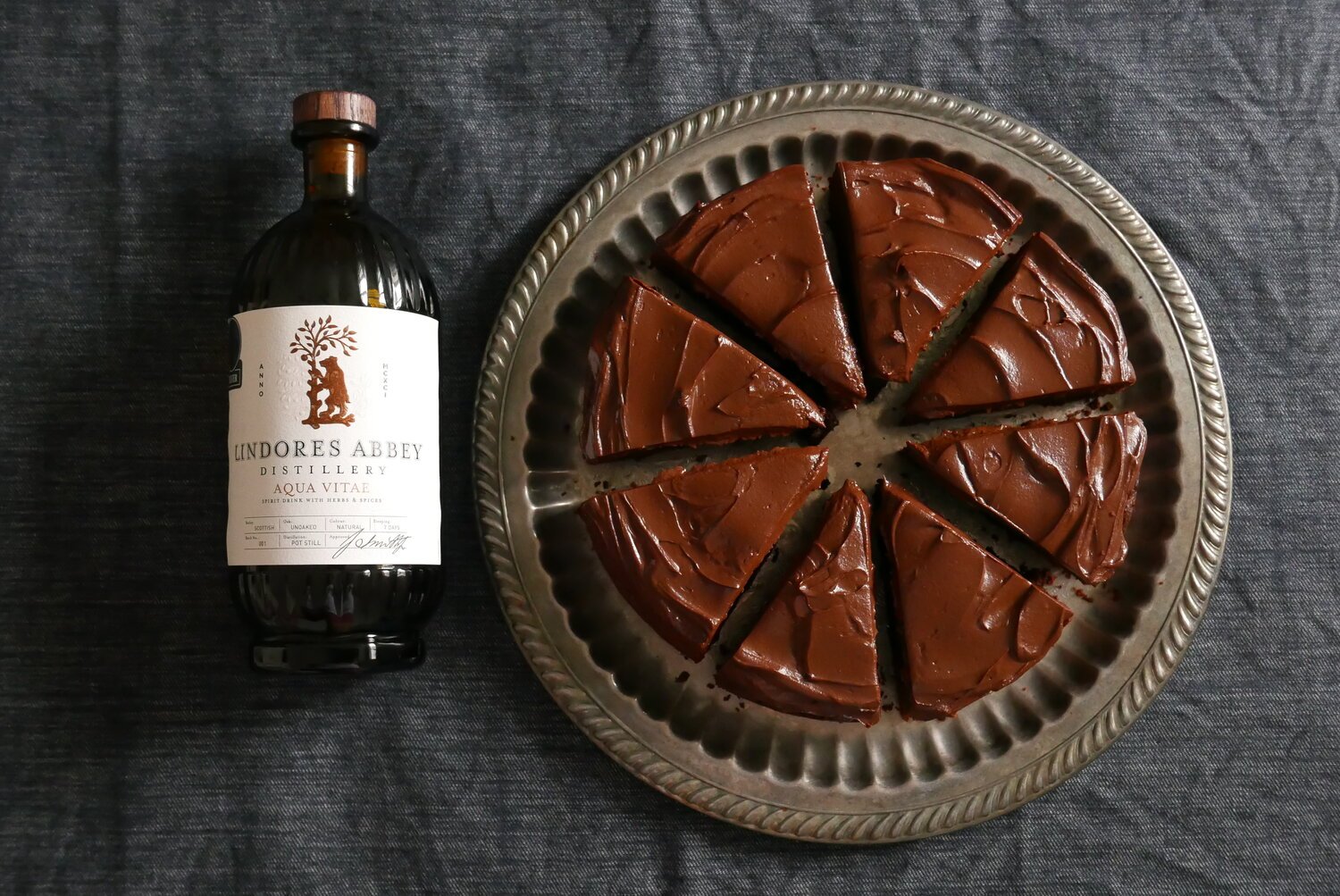Gula Melaka
Gula Melaka is a rich, caramel-like, unrefined sugar derived from the palm tree. It is named after the Malaysian state, Melaka, and is a common ingredient found in Southeast Asian dishes, in particular, sweets and desserts.
How is it made?
Made from the sap of the flower buds of the coconut palm, the first process of making gula Melaka is to tap the flower buds, making a small incision in the flower stalk, the sap is drained and collected. This sweet, unrefined liquid is also known as Neera, which is collected once or twice a day and cannot be kept unattended for some time as it is highly susceptible to fermentation. The Indigenous tribes that used to collect this sap learned that heating it to allow the water content to evaporate found longevity in this sweet and natural product. This process is a significant and lengthy process for the result of Gula Melaka, taking up to 7 hours. When the sap becomes a dark–syrupy colour and consistency, it is then poured into molds, traditionally bamboo or coconut shells are used for this. The syrup hardens, resulting in a firm, sweet block of Gula Melaka.
Gula Melaka travels the world
Gula Melaka accompanied spices and textiles from Southeast Asia through to India, China and beyond. Europe via trade routes. The most important was the Maritime Silk Roads that extended 15,000 km connecting the East to the West. They stretched from the western coastal areas of Japan to the Indonesian islands, around India and into the Middle East, and eventually the Mediterranean and Europe. Significant ports in Southeast Asia around the 15th and 16th Century were Malacca, Aceh, and Java. The European colonisation in the 16th Century, notably the British, Portuguese, and Dutch, also was a significant catalyst for moving this specialty sweet gold, gula Melaka, from Southeast Asia to Europe.
The dark, caramel taste and texture of pure Gula Melaka, make it a versatile ingredient that can be added to traditional cakes and desserts such as kueh, cendol, ondeh ondeh and sago puddings. It adds depth to sambals, sauces, and marinades.
A simple but pure ingredient that is steeped in tradition, brings together community and unique flavours for celebratory dishes, everyday enjoyment and sweet indulgence.
Hello




